ARMSTRONG CORK

After leaving college in 1939 at the age of 27, Mel planned to return to the Philippine Islands to work. But Montague firmly insisted that he not return because the Japanese were at war in China, and it was clear that they would next deploy troops in Southeast Asia. So, in October of that year, Mel took a position as a trainee at Armstrong Cork Company’s Engineering Department in Lancaster, Pennsylvania. After a short time, they offered him an opportunity to work in Palamós and Palafugell, Spain.
At the time, the two Armstrong plants in those towns employed about 3,000 people and made composite cork, baked cork boards, cork stoppers and other cork products. Spain was in the process of reconstruction after the Civil War of 1936-39, so he was to be a plant engineer involved in the rebuilding of the entire production chain, from power supply to all aspects of production.
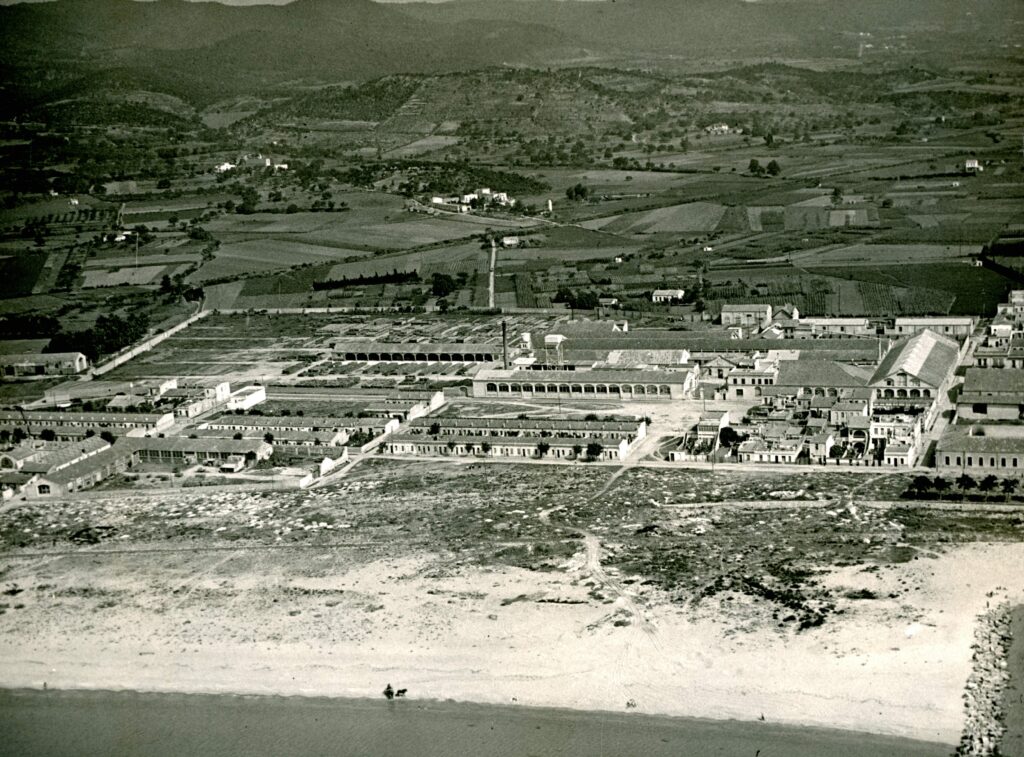
In 1939, at the same time that he joined Armstrong Cork, Mel became an intelligence officer of the Office of Strategic Services (OSS), the predecessor of the Central Intelligence Agency (CIA). There is no information about Mel’s activities in the OSS since the records for that period are reported to have been burned in a fire. But the timeline of Mel’s involvement can be reconstructed from what was going on at the OSS.
In his letter to his brother Charlie and reproduced in the Travis biography, he wrote, “[Palamós] should prove to be a great spot for sailing and that sort of sport. There are only to be four or five Americans over there in those two places, so a fellow will have to be able to take care of himself fairly well so far as his recreation goes, for it doesn’t take Americans very long to get pretty well fed up with those around them when they are isolated for the first time like that. However, there is another young fellow going over who has spent his last few years in South America, so everything should work out well, since we get along greatly here.”
That young man was David Sanderson, who had studied at Dartmouth College and had been in Peru. Dave and his wife Betty were lifelong friends of our family. Their son, Ned, was a good friend of mine when I was growing up, and their daughter, Nancy, was one of my sister’s best friends throughout and has been close to our family all her life.

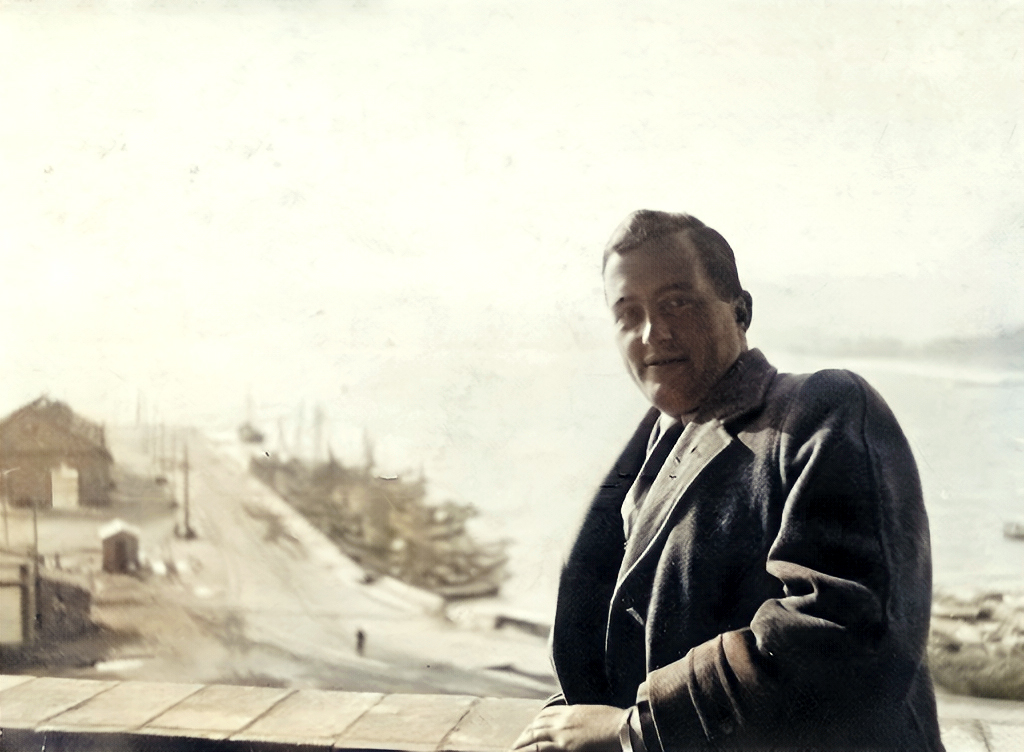
In David Taylor’s book Cork Wars, he writes that, in 1943, the OSS sent Armstrong Cork’s David Sanderson orders for an undercover assignment in Spain. (Dave had already been there before). According to the U.S. National Archives declassified document NND009004, “It is anticipated that Mr. Sanderson will be assigned to an area in Spain which has been one of the most dangerous in that country. It is known that this area is characterized by considerable Gestapo activity and has been the scene of the arrest of various persons employed by our representatives. Personal cover and security are seriously compromised in this area, and two representatives under diplomatic cover have had to leave this area on very short notice. Mr. Sanderson will not enjoy, as the first two above-mentioned men did, diplomatic cover, which will further add to the hazards of his mission.”
Before leaving for his assignment in Spain, Mel received two months of training at one of Armstrong Cork’s plants in Pittsburg. He wrote, “You know Charlie, they told us in school that we would never work as hard after we got out as we did while in there. But I can see so darned many things that I want to get my hands into now that it’s hard to get much sleep – am working twice as hard as I was in those years in class rooms and I used to think I’d reached the limit there.”
PALAMÓS, SPAIN
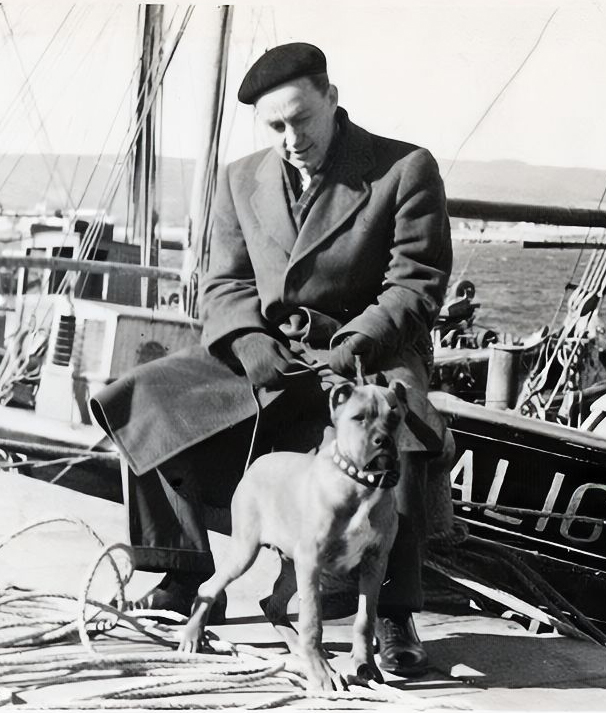

Mel arrived in Palamós in late 1939 at the age of 27 years. He and David Sanderson spent the next two years having a wonderful time with water sports, eating and drinking liberally, and socializing with girls. Their boxer was named Chi (pronounced “Kai”) after their Sigma Chi fraternity to which they had both belonged (Sigma Chi stands for Friendship, Justice, and Learning).
For the first few years, Mel lived in a house on the other side of the bay from Palamós in an area called Treumal. Afterward, Mel and David shared a house located on Calle Pagés Ortiz in Palamós, with David occupying the top floor and Mel on the ground floor leading out to Pagés Ortiz.
Mel met Carmen Pagés Vilar in October 1940. Their courtship and marriage are described in the sections of this family museum named “Melvin Lord in Palamós” and “Carmen Pagés Vilar” under the Pagés Family. They were married on March 6, 1941, in the Basilica of Santa María de Montserrat, in a monastery located 48 kilometers (30 miles) northwest of Barcelona. They had known each other for four months. Mel was 28 years old, and Carmen was 19 years old.
OSS OPERATIONS
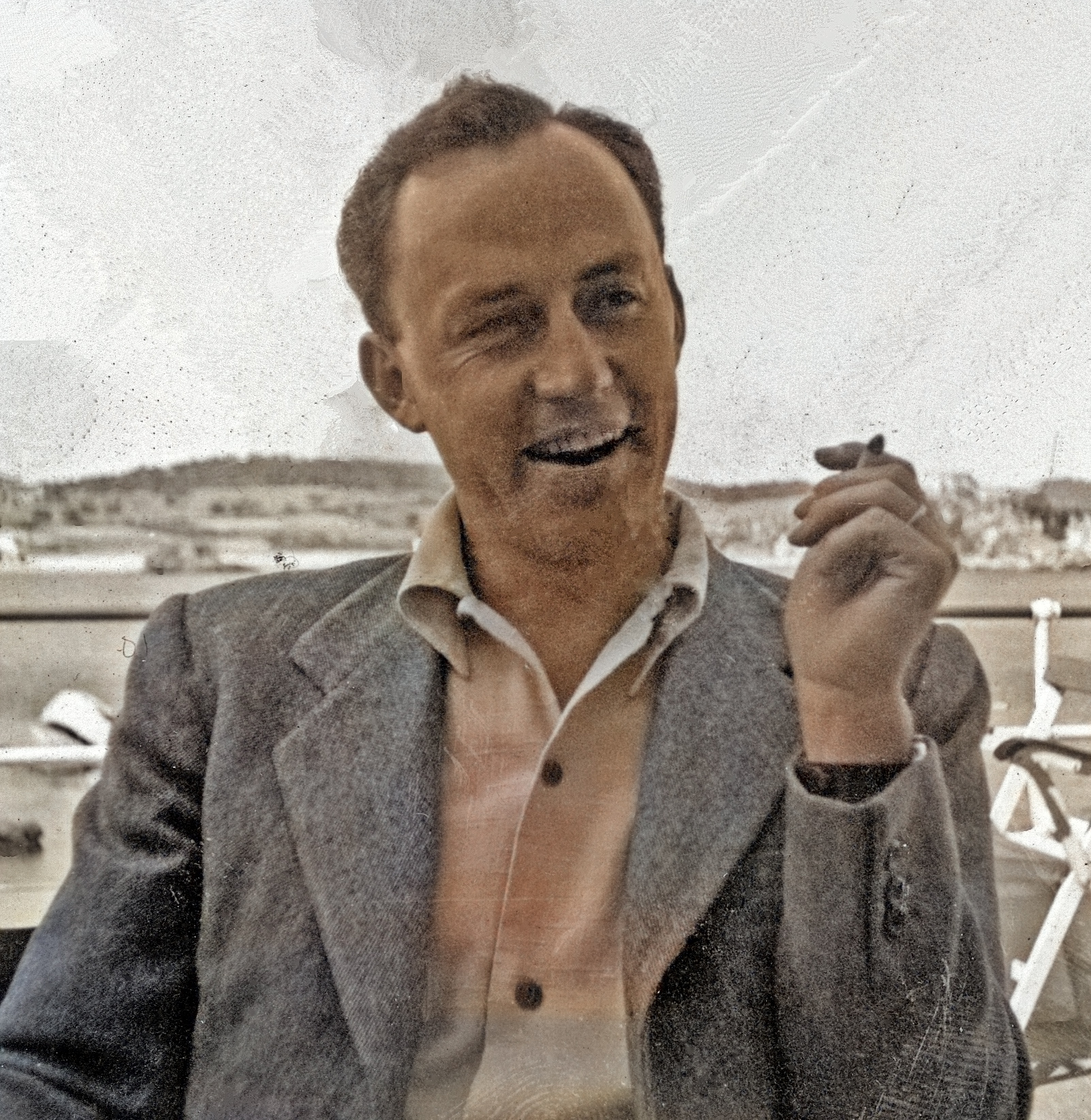
In July 1941, President Franklin D. Roosevelt appointed General William J. Donovan to head the OSS and to do whatever it took to resist Nazism and the danger it posed to America. That work quickly turned to covert intelligence gathering, that is, espionage, using unvouchered funds from Congress to the President so that no account or audit of their use was necessary.
‘Wild Bill’ Donovan, as he was known, had little patience for administrative detail and never tried to force OSS into a neat organizational framework. Donovan devised a plan to bring the office under the Joint Chiefs of Staff of the U.S. Department of Defense in a way that would preserve its autonomy while gaining access to military support and resources. He also recruited Americans who traveled abroad or studied world affairs, and, in that age, such people often represented ‘the best and brightest’ at East Coast universities, businesses, and law firms.
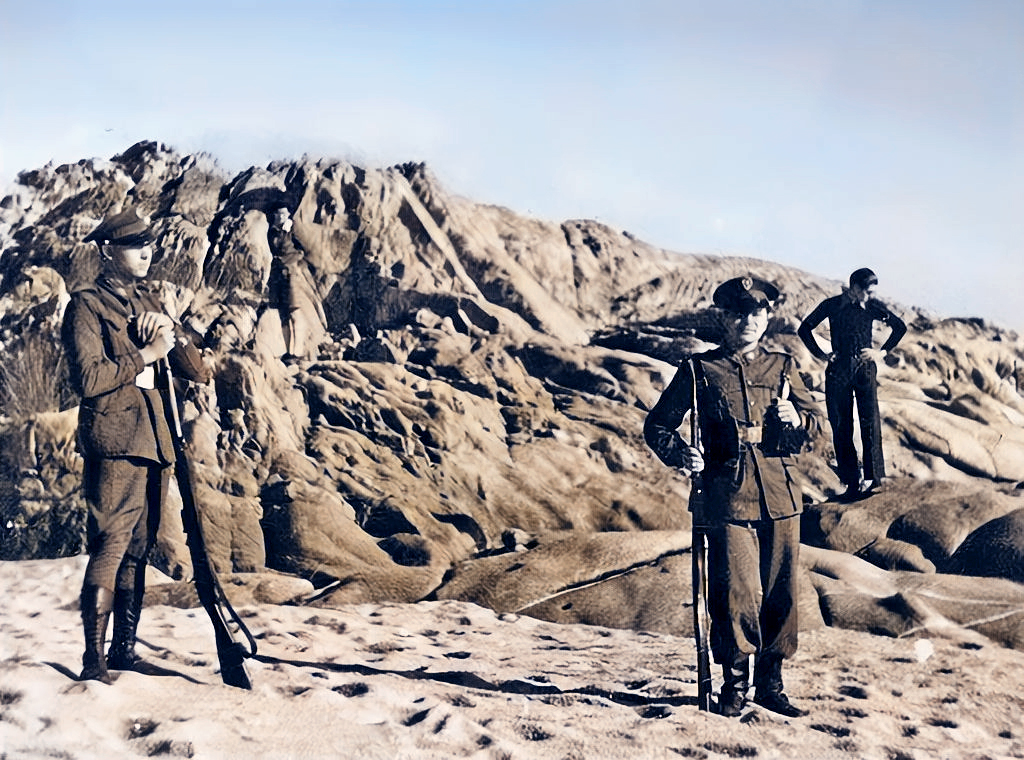
As war against Hitler loomed, many leading U.S. citizens looked for opportunities to join the struggle against Nazism. In fact, OSS drew such a high proportion of socially prominent men and women that Washington critics dubbed it ‘Oh So Social.’ At its peak in late 1944, OSS employed almost 13,000 men and women, 7,500 of whom were posted overseas.
Mel fit the bill perfectly. He had graduated from a top engineering department, was working abroad, and was marrying a local girl in Spain. He was invited to Washington, and Mel took his bride, Carmen, with him in 1942, traveling to the United States by ship via Casablanca and Havana. Much of this section is taken from the section of this family museum in “Melvin Lord in Palamós” under the Pagés Family. It is repeated here because the events formed an important part of Mel’s life after Palamós.
Mel trained in Washington and returned to Palamós to carry out covert operations there. The OSS eventually developed a capable counterintelligence apparatus in the European theater named the X-2 Branch. That operation in the Costa Brava in Spain was located in La Escala, and Mel, with possibly the collaboration of David Sanderson, used the excuse of building a sailboat named ‘Ojala’ to go there often because there was a short-wave, two-way radio hidden in the cellar that they used to transmit their reports to headquarters.
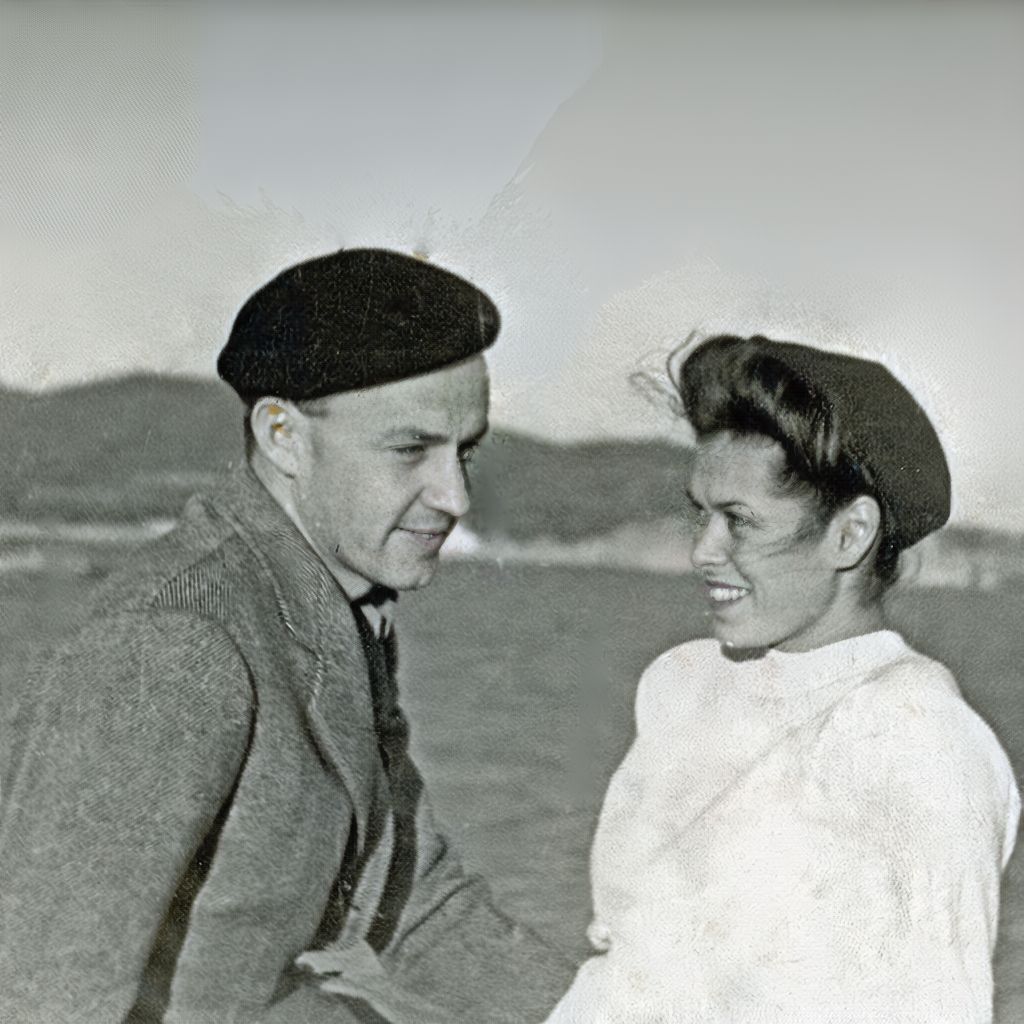
Donovan’s ‘can-do’ approach had already impressed the State Department, which in 1941 desperately needed men to serve as intelligence officers in French North Africa. A dozen OSS officers were sent to work as so-called vice consuls in several North African ports, and they established networks and acquired information to guide the Allied landings (Operation TORCH) in November 1942. Mel was one of those officers, as he told his brother Robert that he parachuted into Africa, France and Germany and mapped the coast of Africa for the invasion.
The French operations to which Mel referred probably consisted of the partnership between the OSS’s Special Operations Branch (SO) and the British Special Operations Executive (SOE). Together, SO and SOE created the famous “Jedburgh” teams that parachuted into France in the summer of 1944 to support the Normandy landings. Jedburgh joined the French Resistance against the German occupiers. There were 93 three-person teams in all, each of them with two officers and an enlisted radio operator.
Typically, an OSS man would serve with a British officer and a radioman from the Free French forces loyal to General Charles de Gaulle. Trained as commandos, they operated alongside enlisted men in the form of informal comradery because, once inside France, the rank would have to be secondary to courage and ability. After hopefully landing into the arms of the Resistance, the teams coordinated airdrops of arms and supplies, guided the partisans on hit-and-run attacks and sabotage, and did their best to assist the advancing Allied armies.
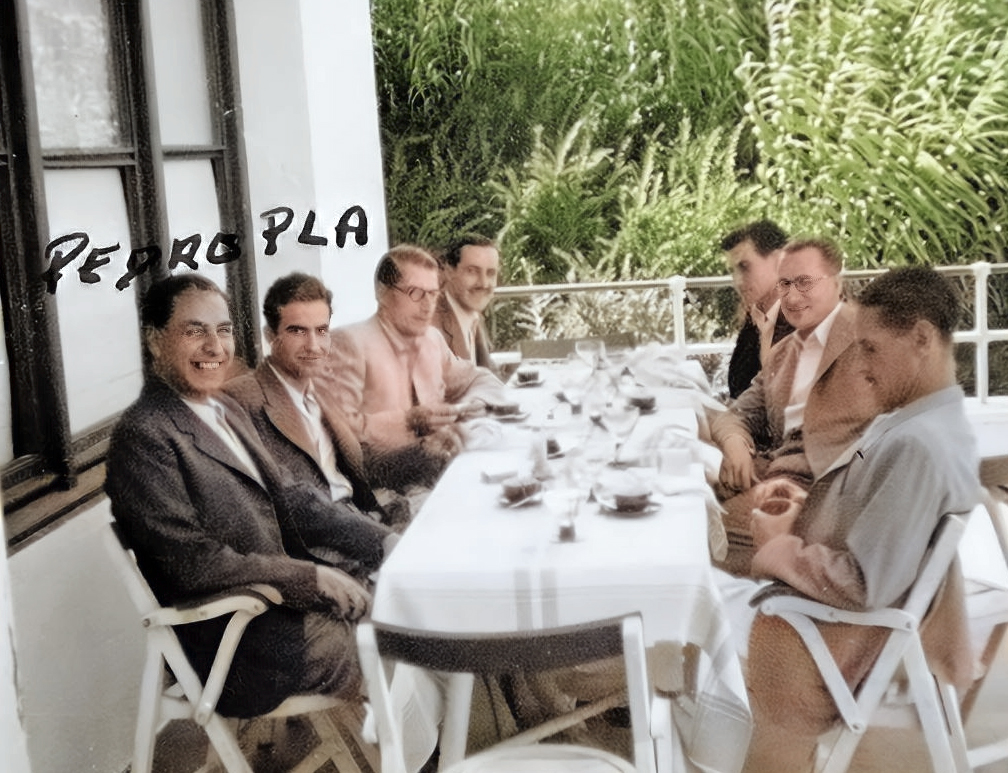
In the Costa Brava, the head of Armstrong’s two plants was German. Mel was tasked with observing his activities. They became good friends and enjoyed many good sailing trips together. My aunt Mercedes Ribera Casamada shared with me many stories that Mel told her about his activities during that time. His principal task was to establish an escape channel for Jews who were attempting to escape Nazi-controlled areas.
The Costa Brava’s many coves served as conduits for the transport of Jews fleeing Europe on their way to Argentina and other South American countries. Josep Pla’s book, Guia de la Costa Brava, which described in detail the coves along the coast, was written expressly to chart and describe them for navigators to the coast. Mel had a room full of the ‘Guia’ to distribute copies to facilitators who were bringing Jews to the Costa Brava.
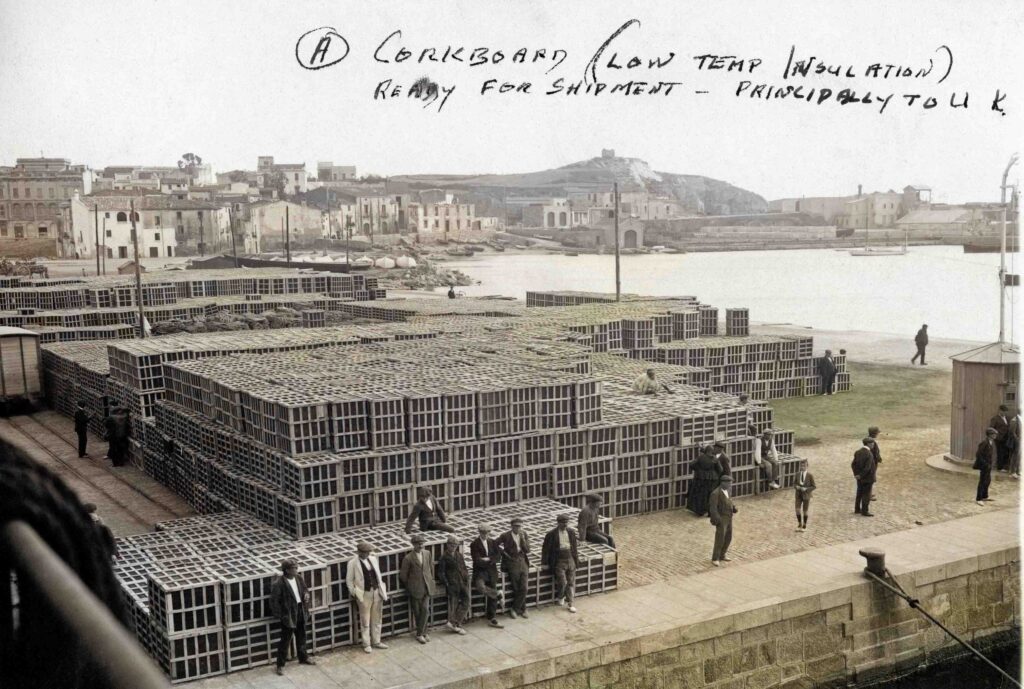
Mel also traversed the Pyrenees, often through mountain trails used by shepherds to enter France and gather information from the French Resistance. He never had to kill any Germans. But once, returning from France, he and his guide, whose name was Ureña, ran into a couple of German soldiers, and they hid behind rocks alongside the soldiers’ campfire and waited until they left before proceeding.
There were quite a few Americans and Catalan agents working with Mel in Palamós during the war. With the help of a local contrabander named Ureña, Mel took these Jews and others who wanted to escape to the American embassy in Barcelona. Mr. Boix, who had a jewelry store on the Rambla de Catalunya in Barcelona and was the father of Tina, a great friend of Carmen, helped him with these activities. When they decided to explain these activities to Generalissimo Franco, Miguel Mateu, who had the Castle of Perelada and had helped finance Franco’s activities during the Civil War, facilitated the interview with Franco and accompanied Mel and Boix to a secret meeting with Franco.
After hearing what they were doing, Franco told them, “Okay, continue with what you are doing. In secret, of course. But if it is discovered, I don’t know anything.” And this is how Franco allowed these activities to continue, but without taking responsibility. One more note: Miguel Mateu was the father of Carmen (“Carminchu”) Mateu, married to Jose (“Pupi”) Puig, who had the Mas Juny built next to the Castell beach near Palamós. Pupi was the son of Albert Puig.[1]

Mel and Carmen lived in a house in Treu Mal, a small beach cove just north of Palamós. The gardener there was, in fact, Mel’s boss. If there are words that best describe Mel’s activities and those of other OSS officers during the war years, they are ‘daring’ and ‘innovation.’ But life in Palamós was not without its humor. After Carmen returned from Oregon in September 1943, she enjoyed having her friends and relatives over to their Treau Mal home until the early hours of the morning. Many times, Mel would be returning exhausted from a grueling secret trip across the Pyrenees. People would ask where Mel was, and Carmen would say, “Oh, he’s just upstairs sleeping for a while.” And then Mel would have to come down and join the party as though he had just woken from a nice, long sleep.
In 1945, Mel was in Paris when the Allied Troops surrounded the German troops. They eventually surrendered following a bloody battle. When the war ended in 1945, and the OSS was no longer essential to carry American intelligence into a new peacetime era, the White House wanted to retire Donovan. But it took care to save valuable components of the office that he had created in terms of key personnel, files, funds, procedures, and contacts assembled by OSS that found their way into the CIA more or less intact. It is not surprising, therefore, that the CIA welcomed Mel into their ranks and readily recruited him as a covert agent in 1952 to carry out industrial espionage activities.
POST-WAR YEARS IN PALAMÓS
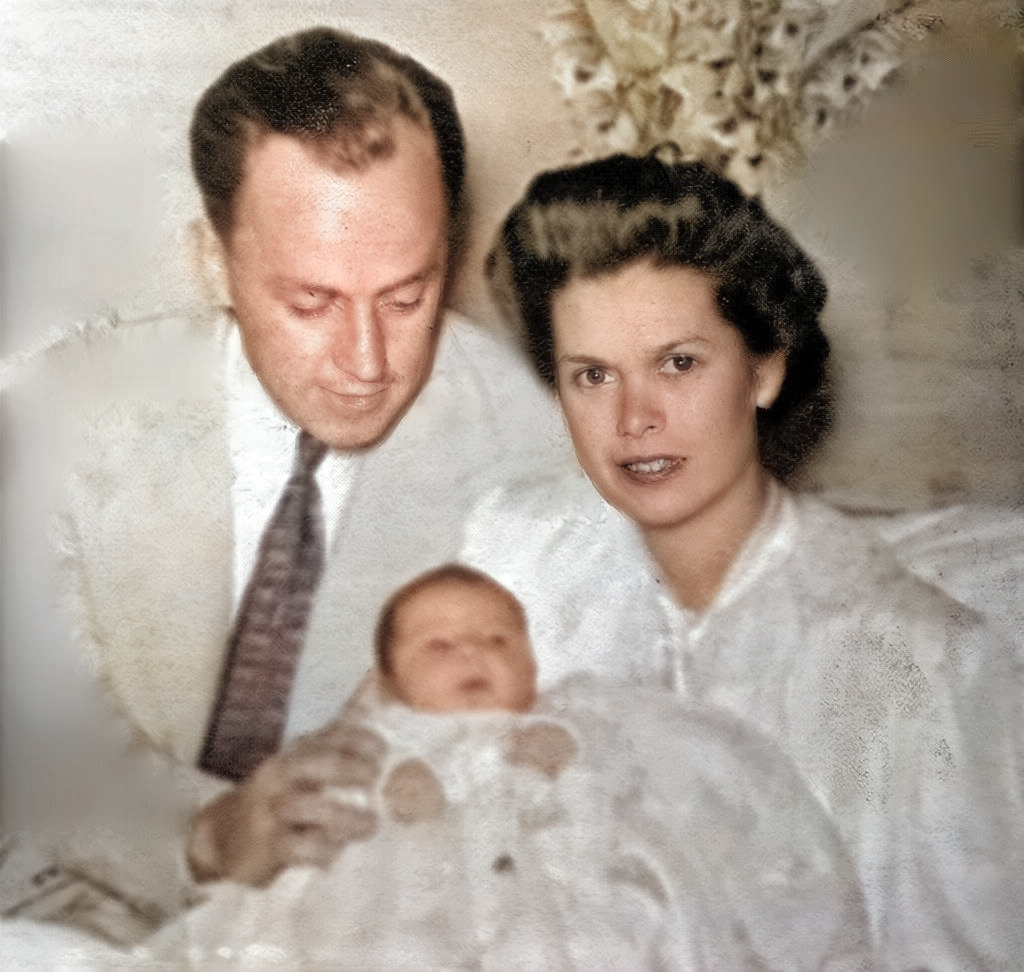
Mel and Carmen remained in Palamós for two years after the war, that is, until 1947. During that time, their first child, Mary Elizabeth (Marilee), was born on July 26, 1944, at Dexeus Clinic in Barcelona. Then, Mel’s father, Montague, gave him money with which to start a business, and Mel partnered with someone whose name was never told to us because it ended badly, and his name was never spoken in our family. That business was to produce silver decorative pieces designed by Royal Arden Hickman (1893-1969). He was known as Tio Hick to us, and he and his wife Ruth became lifelong friends of Mel and Carmen, as well as their children.
Their lives in Palamós after the war were happy times for them. On May 4, 1946, their second child, Montague John Lord, was born at Dexeus Clinic in Barcelona. Their boxer dog, named Kai, became a fierce guardian and patient playmate of Montague and Marilee. And their nanny, Julia, would remain with them for many years.
[1] Related to me by Mercedes Ribera Casamada, and based on a conversation that she had with Melvin Lord.